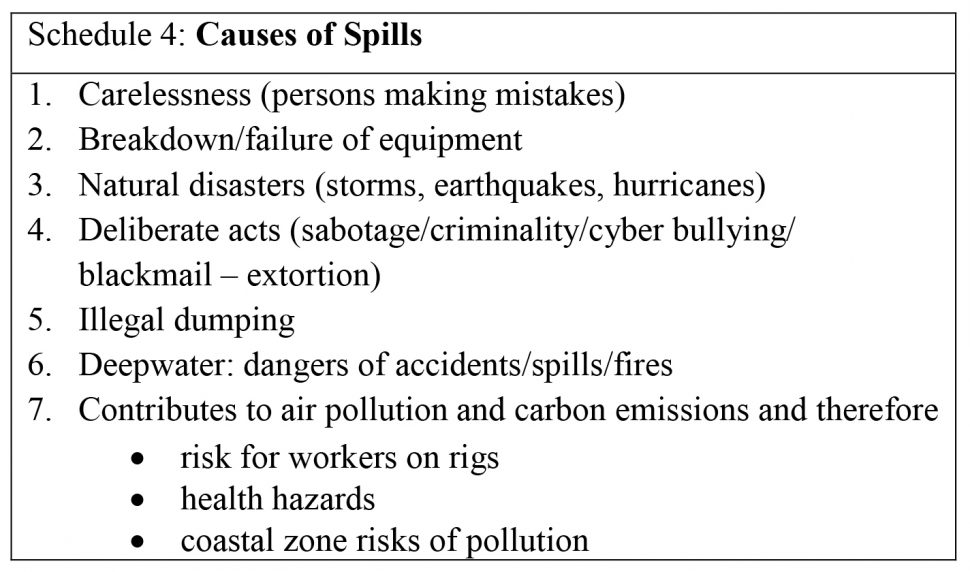Today’s column summarily considers the two remaining existential threats to Guyana’s coming petroleum sector, which I have identified for the Road Map; namely: 1) a cataclysmic environmental event occasioned by petroleum extraction, and 2) the geo-strategic spillover from domestic political strife/conflict. ExxonMobil recognises the former risk and has publicly committed itself “to operate in an environmentally responsible manner.” Its parent company’s operational mantra for the environment is: Protect Tomorrow Today. This mantra embodies four core elements: 1) safeguarding ecosystem services; 2) managing biodiversity in varying environments and habitats; 3) reducing environmental accidents through “superior performance;” and 4) full compliance with national laws and global best-practices. For this purpose, Exxon has conducted Environmental Impact Assessments (EIA) on the Liza 1 & 2 projects. However, for myself, because the existential threat resides in a rare cataclysmic event; it falls outside the scope of typical EIA’s probability determinations.
EIA
The features of the Liza 1 & 2 projects are summarised in Schedule 1:
The major physical and biological Resources, which Exxon’s EIA of Liza 1 and 2 took into consideration are shown in Schedule 2. These are: 1) Physical Resources: (Air Quality & Climate; Sound; Marine Geology & Sediments; and Marine Water Quality); and 2) Biological Resources: (Protected & Special Status Areas/Species; Coastal Habitats; Coastal Wildlife & Shore birds; Seabirds; Marine mammals; turtles, fish and benthos; as well as Ecological Balance & Ecosystems).



